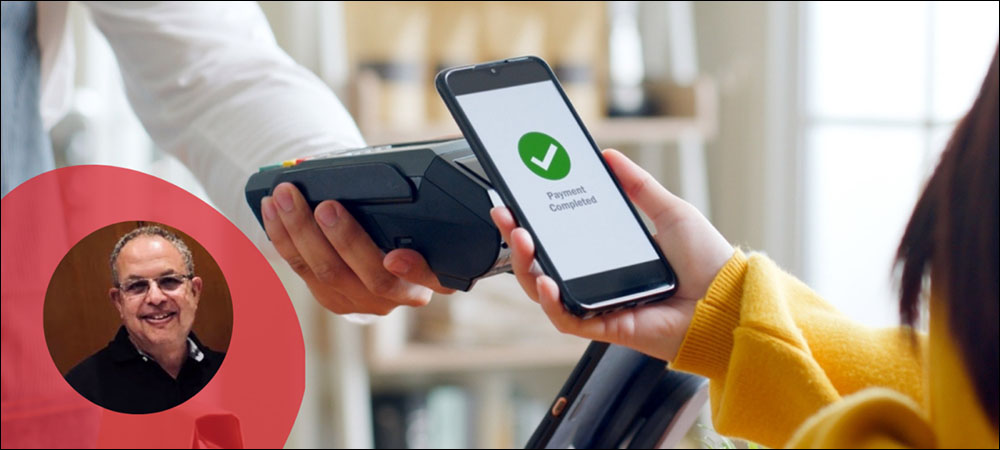Ed. Note: This article was previously posted at Retail TouchPoints.
As technology innovation continues to advance, retailers are ever on the lookout for easier, faster, and more convenient ways to streamline and enhance their operations and the customer experience. One such innovation is over-the-air wireless charging, which consists of a transmitter (charging station) sending a charge over the air to a device embedded with a tiny receiver. Think of WiFi networks with WiFi receivers and transmitters, but for device charging.
The global wireless charging market is projected to grow from $9.58 billion in 2021 to $34.77 billion in 2026. While the vast majority of the current wireless charging market consists of charging pads that are directly connected to an electric outlet, it is clear that retailers and brands could directly benefit by cutting the cord—and batteries—and opting for over-the-air wirelessly powered digital signage.
How the Technology Works
The majority of current wireless charging systems rely on radio frequency or RF, which is known to diminish on its path from transmitter to receiver and has thus far not been commercialized. Infrared light, however, provides near-constant power at any distance—with 100% of the transmitted energy reaching the receiver. The implementation of over-the-air wireless charging not only obviates the need for cords and wires, but because expensive remodeling projects of the retail floor or shelves to accommodate miles of wires and cables are not required, resources are freed up for other projects.

Meet Them Where They Are
Point-of-sale magic is created when a consumer is struck by a product display, is drawn to it and makes a purchase. And much as Bill Gates can’t stand next to Microsoft products and discuss their virtues, manufacturers can’t be onsite at brick-and-mortar retailers…but now their messages can be. Currently, only 1% of digital advertising budgets are focused on where 80% of buying decisions take place—at the store, on the shelf, at the point of purchase. Instead, manufacturers are relying on online digital marketing, where the competition for impatient eyeballs is fierce and the costs are prohibitively high. This is despite the fact that surveys have found that onsite digital signage increases customer satisfaction by 46% and purchase amounts by 30%.
First-generation digital displays—electronic shelf labels (ESL)—have been popular and helpful with regard to accurate pricing. But because they don’t engage consumers, they do little to encourage a point-of-sale purchase. In addition, these first-generation digital signs have limited functionality, as marketers must limit the content update and capabilities because of power constraints. This failure to impact the client experience is essentially a waste of shelf space.
Utilizing wireless charging technology, retailers can now capitalize on these opportunities with video displays (think the size of a small iPad) that free them from the hassles of battery replacement, electrical wires and cables. Complying with brand requirements is easier as they can now provide on-message, always-on and quality video experiences. Marketing and promotional content is delivered over standard wireless networks, leveraging a retailer’s considerable investments in WiFi infrastructure.
Retailers around the world are already seeing the benefits of wireless charging systems as their customers are having direct brand contact with dynamic, engaging digital displays. For example, a Dallas-based entertainment company deployed wirelessly charged digital tabletop displays at one of its 150 locations and generated an average of $100 per week per table in incremental sales, which translates to $38 million in annual incremental sales across all stores when the display program is rolled out to all of its locations. The retailer uses the displays to upsell and cross-sell beer, cocktails, appetizers, entrees and limited-time offers (LTOs), just the tip of the iceberg for what is possible.
The virtual world is awash with marketing messages. As such, it is critical that retailers and brands use the latest technology to reach consumers—not in the virtual world but in the real world. Because there is enormous pressure brought on by competing companies, retailers and brands are compelled to reach beyond traditional ways of communicating with customers. In the process, they can experience ease of use and higher sales. What kind of friction do you get when you rub traditional retail up against the digital wireless world? Electricity…and it’s anything but static.
Oron Branitzky is the head of smart retail business development at Wi-Charge, an Israel-based company focused on long-range wireless power solutions, where he is focused on smart retail applications and digital advertising solutions. Branitzky has extensive retail experience and spent 20 years in the ESL (electronic shelf labels) market, most of them as Global VP of Sales at Pricer AB.

